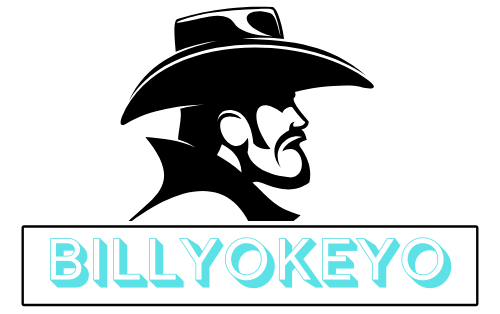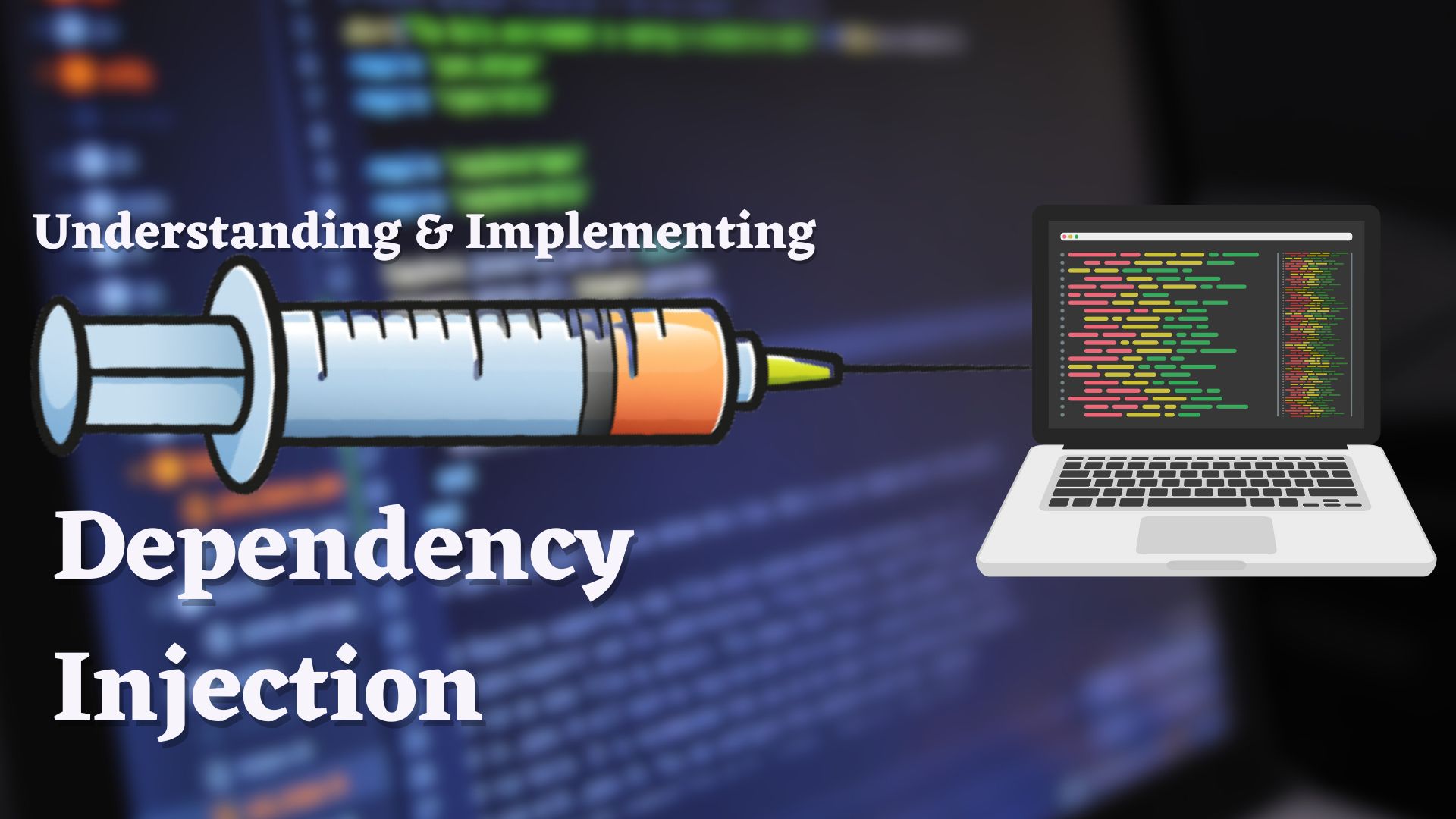As software development projects become larger and more complex, managing dependencies between objects and classes can be challenging. That’s where dependency injection comes in – a design pattern that enables developers to write maintainable, testable, and scalable code. By injecting required dependencies into a class instead of hard-coding them, dependency injection helps to reduce dependencies and simplify the codebase. In this article, we’ll explore the concept of dependency injection, its types, and how you can implement it in your code. We’ll also discuss the benefits of using dependency injection and best practices for its effective use.
What is Dependency Injection and Why Should You Use it
Understanding the Concept of Dependency Injection
In software development, dependencies refer to the relationship between different objects or modules of code that depend on each other to work. Dependency injection is a design pattern that aims to make code more modular, testable, and maintainable by managing these dependencies.
Dependency injection involves creating a separate object responsible for creating and managing the dependencies of a given class or module. Instead of having these dependencies hardcoded into the class or module, they are passed in when the object is created. This means that changes to dependencies can be made without affecting the class or module, increasing flexibility and making it easier to swap out components as needed.
The Importance of Dependency Injection in Modern Code Development
Dependency injection has become an essential component of modern code development because it helps to improve code quality, scalability, and maintainability. Implementing dependency injection enables developers to create more modular code that is easier to test and maintain, which ultimately leads to fewer bugs and more efficient development processes.
Dependency injection also allows for more flexibility in software design by making it easier to add or remove dependencies without disrupting the entire system. This is particularly important in complex applications where dependencies can quickly become overwhelming and difficult to manage.
Types of Dependency Injection
Constructor Injection
Constructor injection is a type of dependency injection where the dependencies of a class are passed in through the constructor. When an object is created, its dependencies are passed in as arguments to the constructor, ensuring that the class has access to all of the objects it needs to function properly.
Property Injection (Setter Injection)
Property injection is a type of dependency injection that uses public properties to inject dependencies into a class. With property injection, dependencies are set after the object is created, rather than being provided at the point of creation like constructor injection.
Method Injection
Method injection is a type of dependency injection that involves passing dependencies into a class method when it is called. This approach is often used when a class has a method that requires a specific dependency, but the dependency is not needed for the entire lifespan of the object.
Implementing Dependency Injection in your Code
Identifying Dependencies in Your Code
The first step in implementing dependency injection is to identify the dependencies of your code. This involves taking an inventory of all the external objects, libraries, and modules your code relies on to function properly.
Creating Interfaces and Implementing Classes
Once you have identified your dependencies, the next step is to create interfaces and implementing classes for these dependencies. This means creating a separate object that is responsible for creating and managing the dependencies of a given class or module.
Configuring Dependency Injection Containers
After you have created your interfaces and implementing classes, the next step is to configure your dependency injection container. This involves registering all of your dependencies with the container, specifying how they should be created, and determining their lifecycle.
Using Dependency Injection in Your Code
The final step is to start using dependency injection in your code. This involves calling the dependency injection container to create objects and pass in dependencies, rather than creating objects directly.
In the following example, we will demonstrate dependency injection in C# by creating a simple logiing system. First, we will create an interface for our logger class:
1 2 3 4 |
public interface ILogger { void Log(string message); } |
Next, we will create an implementing class for our logger interface:
1 2 3 4 5 6 7 |
public class Logger : ILogger { public void Log(string message) { Console.WriteLine(message); } } |
We will then create a class with dependency injection using the constructor:
1 2 3 4 5 6 7 8 9 10 11 12 13 14 15 16 |
public class ProductService { private readonly ILogger _logger; // Constructor injection public ProductService(ILogger logger) { _logger = logger; } public void ProcessOrder(Order order) { // Some processing logic _logger.Log($"Processing order {order.Id} for {order.CustomerName}"); } } |
We can go ahead and even create the main program class:
1 2 3 4 5 6 7 8 9 10 11 12 13 14 15 16 17 18 19 20 21 |
public class Program { public static void Main(string[] args) { // Create the instance of the logger var logger = new Logger(); // Create an instance of the product service ProductService productService = new ProductService(logger); // Create an order var order = new Order { Id = 1, CustomerName = "John Doe" }; // Process the order productService.ProcessOrder(order); } } |
In the above example, we have created a simple logging system using dependency injection. We have created an interface for our logger class, an implementing class, and a class with dependency injection using the constructor. We have also created the main program class to demonstrate how dependency injection works in practice.
System Architecture
System Architecture Without Dependency Injection:
In a system architecture without Dependency Injection, components are tightly coupled, and dependencies are managed within the code itself. Let’s consider a simple example of a blog application:
In this architecture, each layer directly depends on the layer below it, leading to tight coupling and potential difficulties in testing and maintainability. For example:
- UI Layer: This layer contains the user interface components, such as web pages or forms. It directly calls the Business Logic Layer to request data or perform actions.
- Business Logic Layer: This layer contains the application’s business logic and rules. It interacts with the Data Access Layer to retrieve or store data.
- Data Access Layer: This layer handles interactions with the database or data storage. It is responsible for querying and updating data.
System Architecture Using Dependency Injection:
In a system architecture using Dependency Injection, components are loosely coupled, and dependencies are provided from the outside, typically using interfaces or abstractions. Let’s modify the previous example to use Dependency Injection:
In this architecture:
- UI Layer: This layer remains the same and contains the user interface components.
- Business Logic Layer: The Business Logic Layer depends on interfaces or abstractions representing its required dependencies (e.g., interfaces for data services). Instead of directly creating instances of these dependencies, the Business Logic Layer receives them through constructor injection or property injection. The actual implementations are provided by the Dependency Injection Container.
- Data Access Layer: Similar to the Business Logic Layer, the Data Access Layer depends on interfaces or abstractions for its data sources. These dependencies are provided by the Dependency Injection Container.
- Dependency Injection Container: This container is responsible for managing the creation and lifetime of objects and resolving their dependencies. It is configured to map interfaces to concrete implementations.
The key advantage of this architecture is that it decouples the layers and promotes flexibility. For example, during testing, mock implementations can be provided for the dependencies, and different implementations can be easily swapped without modifying the core logic.
Common Dependency Injection Frameworks and Libraries
Spring Framework
The Spring Framework is a popular dependency injection framework that provides a comprehensive set of libraries and tools for building applications. Spring makes it easy to implement dependency injection by offering a variety of injection types and configurations.
Unity Framework
The Unity Framework is a lightweight and flexible dependency injection framework that can be used to develop applications on multiple platforms. Unity provides a simple API for registering and resolving dependencies, making it easy to use and customize.
Google Guice
Google Guice is a dependency injection framework that provides a lightweight and flexible approach to dependency injection. Guice is designed to be easy to use and learn, with a minimal set of features that make it fast and efficient to set up and configure.Benefits of Using Dependency Injection in Your Code
Benefits of using dependency injection in your code
Flexible and Maintainable Code
Dependency injection enables you to write flexible and maintainable code. By separating the concerns of your application, you can easily swap out dependencies, allowing for more flexibility in the future. This makes your code more adaptable to changes and improves maintainability.
Easy Unit Testing
One of the primary benefits of dependency injection is the ease of unit testing. With dependency injection, you can easily mock dependencies and test your code in isolation. This saves you time, effort, and resources, as you don’t need to set up extensive test environments.
Reduced Coupling and Complexity
Dependency injection can also help reduce coupling and complexity in your codebase. By having loose coupling between components, your code is more modular and less affected by changes in other parts of the application. This reduces the complexity of your code and makes it easier to read and maintain.
Best Practices for Effective use of Dependency Injection
While dependency injection can bring many benefits to your code, it’s crucial to use it effectively. Here are some best practices to consider when implementing dependency injection:
Avoid Overusing Dependency Injection
While dependency injection can be helpful, using it excessively can lead to bloating and overcomplicating your code. It’s essential to find a balance between using dependency injection and keeping your code simple and readable.
Use Single Responsibility Principle for Clean Code
The Single Responsibility Principle (SRP) is a fundamental principle of software development that suggests that a class should have only one reason to change. When using dependency injection, it’s crucial to adhere to the SRP, as it can help you write cleaner and more maintainable code.
Apply Inversion of Control Principles for Decoupled Code
Inversion of Control (IoC) is a principle that dictates that a component should not look for dependencies but instead be provided with them. This principle can help you decouple your code, making it easier to manage and modify. When implementing dependency injection, it’s crucial to adhere to IoC principles to achieve maximum decoupling.
Do I need a framework to use dependency injection in my code?
No, you don’t need a framework to use dependency injection in your code. However, using a dependency injection container or framework can simplify the process of managing dependencies and provide additional benefits such as automatic dependency resolution and lifecycle management.
Is dependency injection the same as inversion of control?
No, dependency injection is a design pattern that enables inversion of control. Inversion of control is a broader concept that refers to the principle of delegating control to frameworks or containers. Dependency injection is one technique for implementing inversion of control.
In conclusion, understanding and implementing dependency injection is an important technique for building flexible, maintainable, and scalable code. By following the best practices and leveraging popular frameworks, you can simplify your codebase, reduce coupling between objects, and improve code quality. With the knowledge you’ve gained from this article, you’re now equipped to start using dependency injection in your next software development project and be Developer B.





